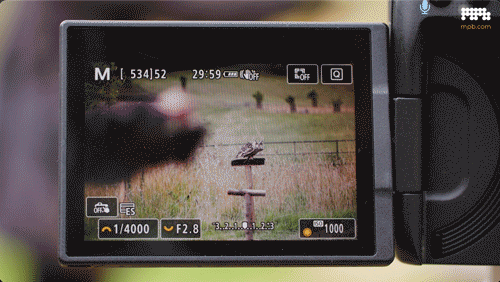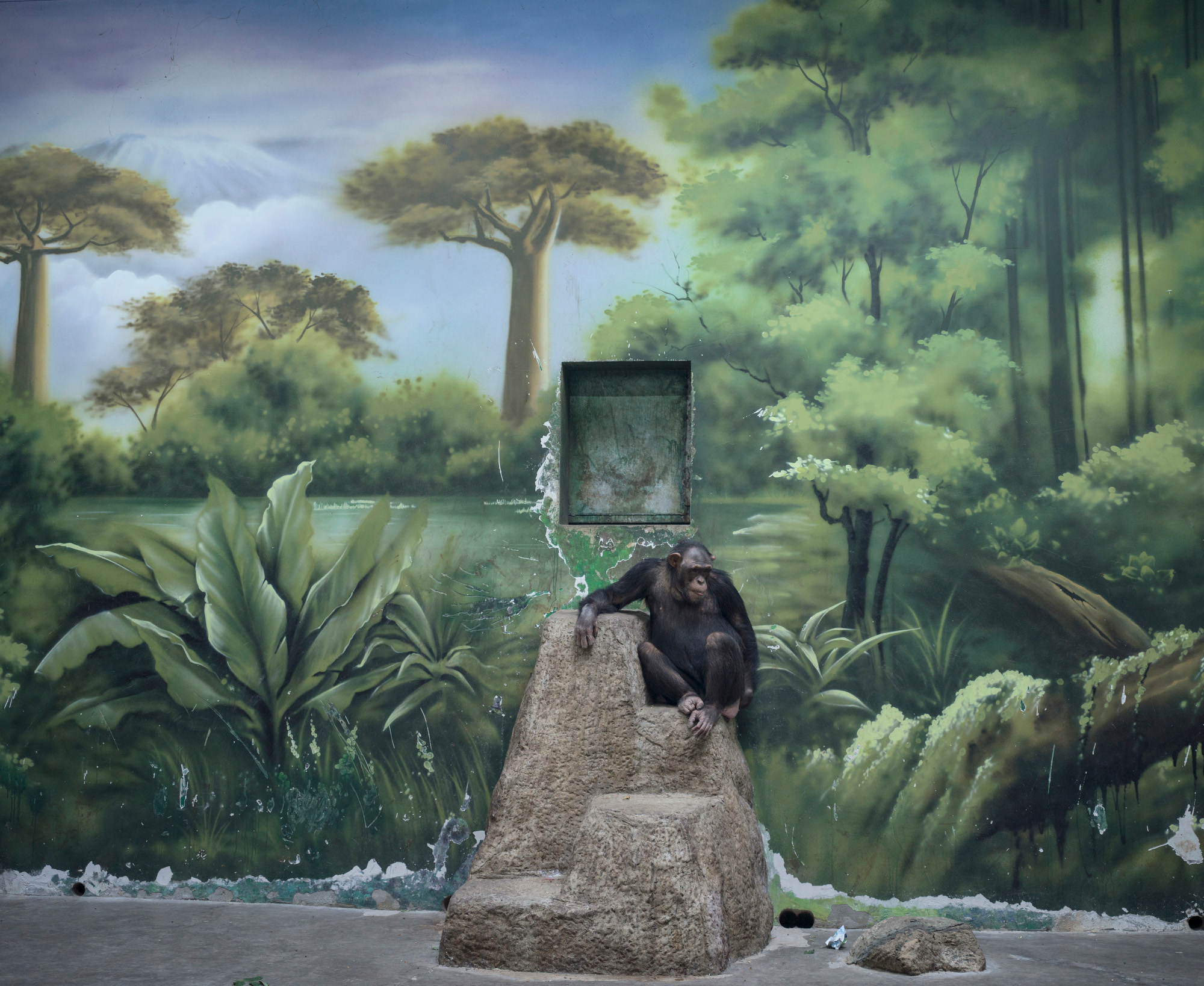Camera cheat codes: How to photograph birds in flight
VIDEO ABOVE: Cheat codes for birds in flight
Getting the best photos isn’t just about getting the latest gear – it’s about knowing how to get the best out of your equipment, regardless of whether it’s the latest lens or a well-loved used camera.
Buying brand new gear won’t make your images any better, but buying the right gear can make all the difference. So together with MPB, which recirculates over half a million cameras, lenses and accessories every year, we’ve put together this guide to show you the tools and tricks you actually need.
When you know what you’re looking for, you can browse the extensive catalog of preloved equipment – and you can even sell your own used gear or trade it in towards your purchase. Not only can you get the features you need while saving a lot of cash, you can also extend the life of camera kit – and prevent perfectly good gear from going unloved or even ending up in a landfill.
So don’t just rush out and buy the newest thing! We’re here to tell you what you need to get the shots you want, so you can shop smart, save big and support sustainably.
Here are the cheat codes you need to photograph birds in flight…
Use Animal AF

This will be your single biggest secret weapon when photographing birds in flight! Many cameras have clever autofocus systems that can detect and track a moving subject, but recent mirrorless cameras have AI algorithms that enable them to specifically recognize and follow animals.
Here we’re using the Animal AF mode on the Canon EOS R5, which makes it possible for the camera not just to track a flying bird, but to focus on its head and even its eyes! By setting the camera to continuous AF (or Servo mode), and letting it do the hard work of keeping the bird in focus, you can concentrate on other areas like refining your composition and choosing the optimal settings.
Make sense of your settings

You’re going to need a super-fast shutter speed to arrest the motion of birds in flight, so set your camera’s shutter to about 1/2000 sec to freeze your subject while it’s flying. As always, you want to keep your ISO as low as possible – but don’t be afraid to push it in order to keep the shutter speed nice and high.
If the bird is flying against a clear sky, and there’s no background to worry about, set your aperture to around f/8 – as this will keep the whole body in focus. If the subject is flying low or in front of background, start lowering the aperture to blur out what’s behind them.
Rapid fire!

Firing bursts of photographs is the only way to ensure that you capture the perfect moment of a bird in flight. DSLRs have a mechanical shutter, and the very best pro bodies max out at 12 or 14fps (frames per second), but modern mirrorless cameras have an electronic shutter that can fire up to 20fps, 30fps, 40fps or even 120fps.
Start out shooting with the fastest continuous shooting speed you can. This will give you more hits, and more chances to capture “the moment” – as well as the moments between the moments!
The right lens

The choice of lenses can be really overwhelming and really expensive, especially if you buy new. But MPB makes even premium lenses more accessible – and because all its stock is graded, you can decide whether you want something shiny and pristine, or whether you’re happier to save some pennies by picking up something a little more well-loved. By shopping smart, you can even pick up multiple lenses for the price of a single new one!
For birding at long distances, we’d go for something like the Sigma 150-600mm f/5-6.3 DG OS HSM | Contemporary as it gives you a huge amont of versatility. If you’re a mirrorless user, another great shopping hack is that you can save money by adapting older DSLR lenses – rather than buying the newer, pricier mirrorless versions.
If you work at closer distances, a telephoto “trinity” lens (with a constant f/2.8 aperture) like the Canon RF 70-200mm f/2.8L IS USM enables you to work in that in-between area, with a fast aperture to really blur out the backgrounds.
Be patient, and disciplined!

Photographing birds in flight is a game of practice, patience and perseverence – especially if it’s your first time! You’re going to get a lot more misses before you start mastering hits, but stick with it and the results will come. And a spot of good camera discipline will really help you get them quicker.
Firstly, make sure to keep your elbows tucked tight against your ribcage and pivot from your waist – not from your hands or elbows – when and following birds. This will keep your shots more stable and your panning consistent. Some people also find it useful to shoot with both eyes open, one looking through the viewfinder at the subject and one to give you a peripheral view of the sky so you know when a bird is coming into view.
To find out more about buying, selling and trading camera equipment, head over to MPB.
Get the Digital Camera World Newsletter
The best camera deals, reviews, product advice, and unmissable photography news, direct to your inbox!
Digital Camera World is one of the leading authorities on camera and photography news, reviews, techniques, tutorials, comparisons, deals and industry analysis. The site doesn't just specialize in cameras, but all aspects of photography, videography and imaging – including camera phones, gimbals, lenses, lighting, editing software, filters, tripods, laptops, printers, photo books, desks, binoculars and more.
Whether you're using, looking to buy or trying to get the most out of a compact camera, action camera, camera drone, cinema camera, beginner camera or professional camera, Digital Camera World has a roster of experts with combined experience of over 100 years when it comes to cameras, photography and imaging.

